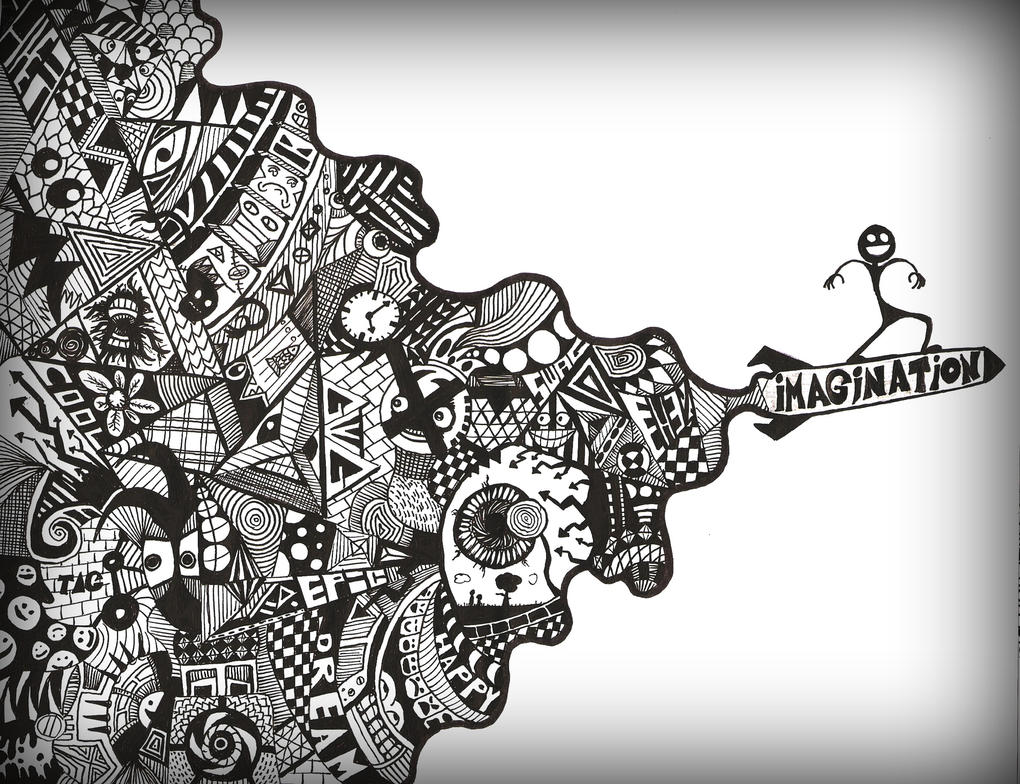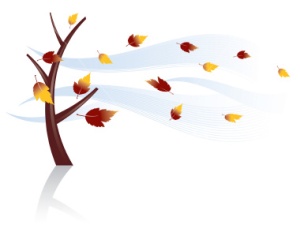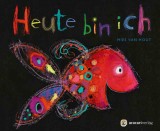I am getting ready for the first of several local network meetings where we will look at some of the new POS learning objectives and put these in to real language teaching and learning contexts.
Our theme is "Celebrating Carnival" and our learning objectives look at how a young learners develops the skills of communication in the target language.We are considering how we move from
asking and answering questions
to
engaging in conversations
and
describing people places and things orally and in writing
The activities described below will allow children who are moving on in their language learning - so in their late second,third or fourth year of learning to practise their use of questions and answers and to move on to possibly develop conversations accurately.
We are basing these activities on our "Aliens at Carnival" power point where we will investigated the language required to share some simple facts about a target language carnival -(the sounds , the sights, the fun , the fancy dress etc).
We are going to create stage sets and put our "aliens on the stage" as puppets/ actors, which the teacher and the children can decide to make "live" ( spoken) performances between alien characters or "freeze frames" (written speech bubble) frozen conversations between two characters.
Here is a step by step guide top how I made my "stage set"
I printed off the stage set ,using a slide from our alien ppt.I think you just need to find a similar background colourful picture if you can't access the ppt
I cut the picture down to a square shape,folded the picture to make the Triarama and inserted a cut from the bottom right hand corner to the centre of the square
With blu -tac(or with glue ) I crossed over the bottom left and right triangle to create the stage in my triarama.
I now printed off the ppt slide a second time, but this time on card and cut out two alien characters that I wanted to talk to each other on my stage set.I made sure that there was a small strip of empty card below their feet , so that I could fold this over and stand the characters upright on set and secure the characters to the set with blu-tac.Blu-tac so that I can change the characters and therefore move from questions and answers to a conversation and maybe introduce other characters too and asides and and additional opinions!
And now I thought of the text I wanted to write on two card speech bubbles.These are secured with blu-tac to the characters om the reverse of their heads so that I can change the questions and answers and again create a sequence of questions and answers that would in turn create a dialogue which could lead to a conversation .
Why do I like this and how might I take this further in KS2 learning?
- Well this strikes me a s a learning device that can be used with children in KS2 who know basic questions and answers based around likes and dislikes.
- It's a physical way of developing role plays that can be dynamic and can be changed and questions and answers altered,adapted or given to other characters
- It can also be an opportunity to offer more independent speaking and writing opportunities to children to describe people,places and thing and to add opinions
- There is the opportunity here to set the scene, so one pair writes the speech bubbles and gives these to a second pair.The second pair reconstructs the dialogue using the characters they have and creates the dynamic conversation using their characters and their triarama stage set.
And in to KS3?
This could be an opportunity in Y7 to revisit the carnival and look again at the alien story of the carnival , but this time to write a past tense dialogues, asking what was seen, heard, eaten , likes, dislikes etc or a near future dialogue about what the characters are looking forward to seeing etc!





















